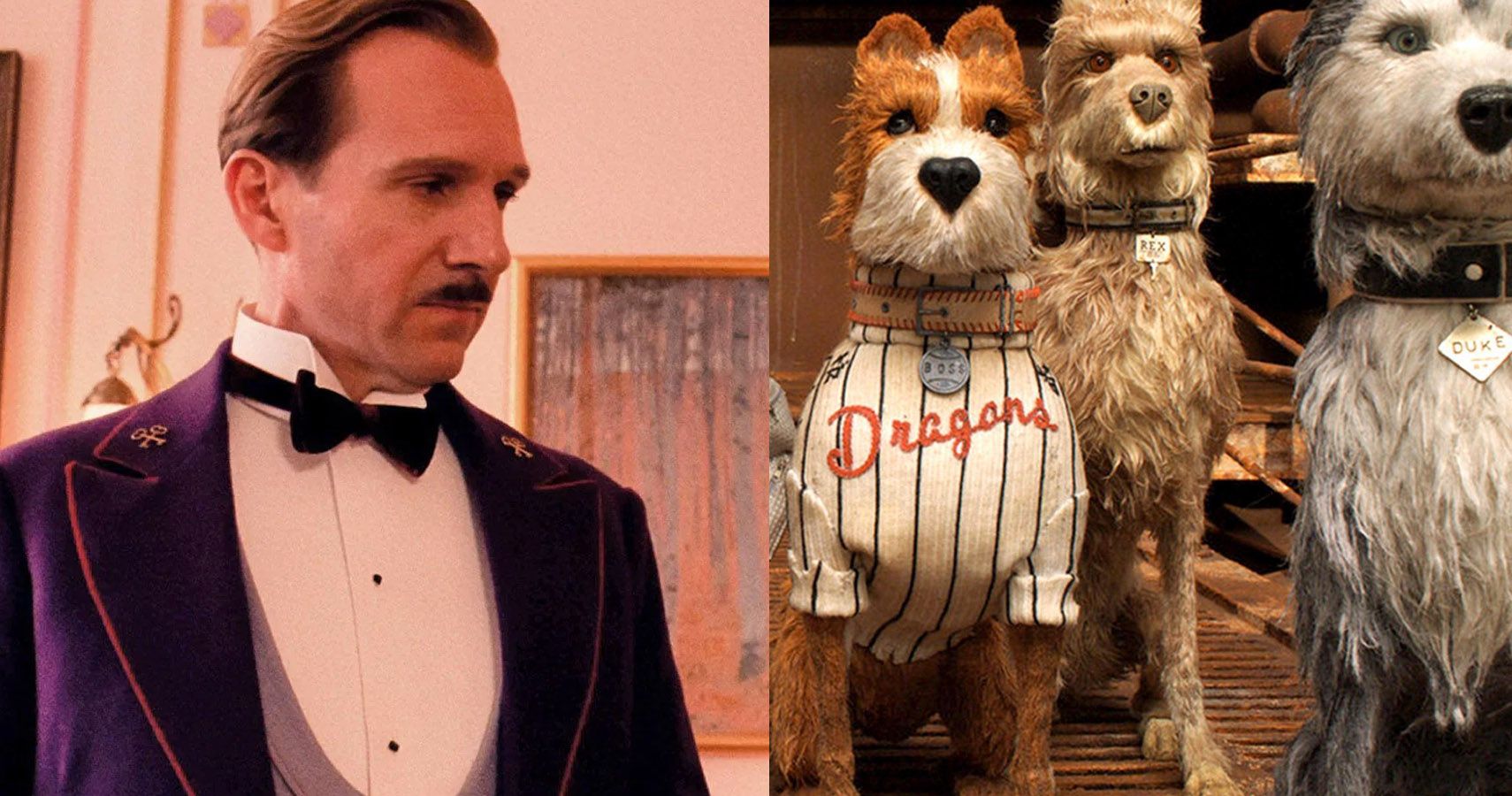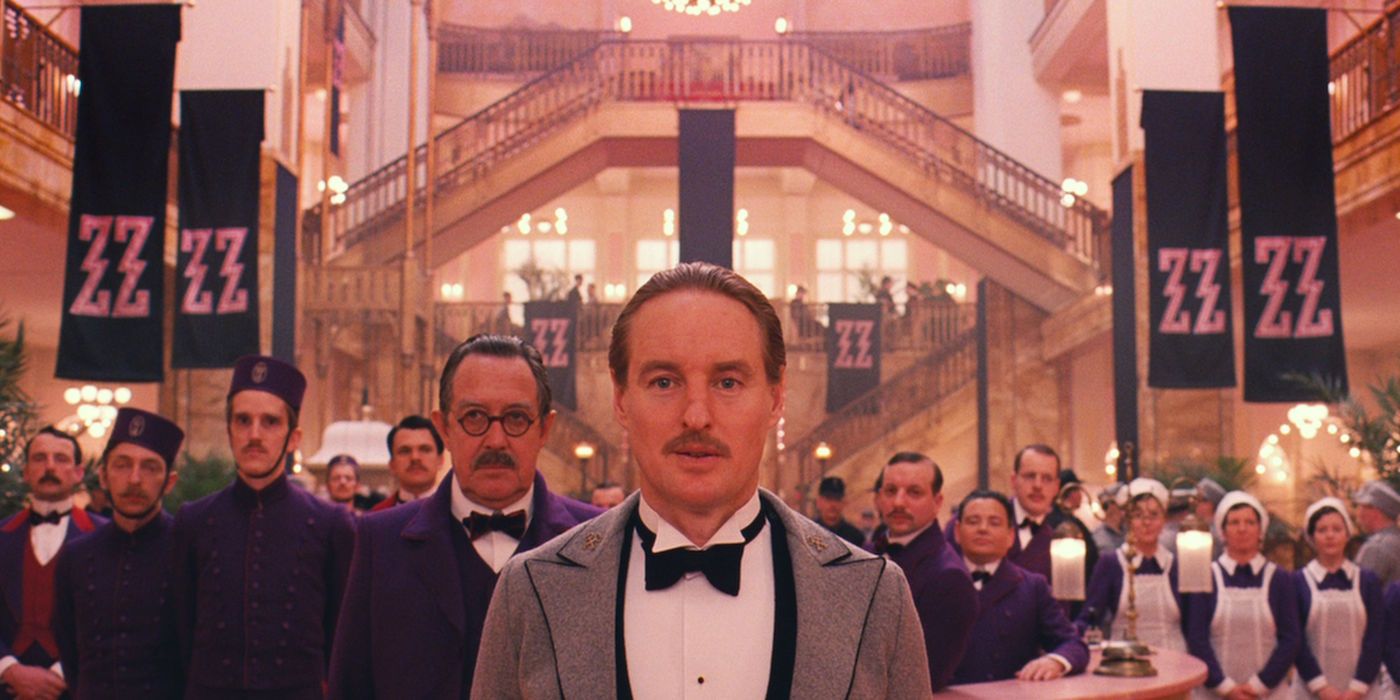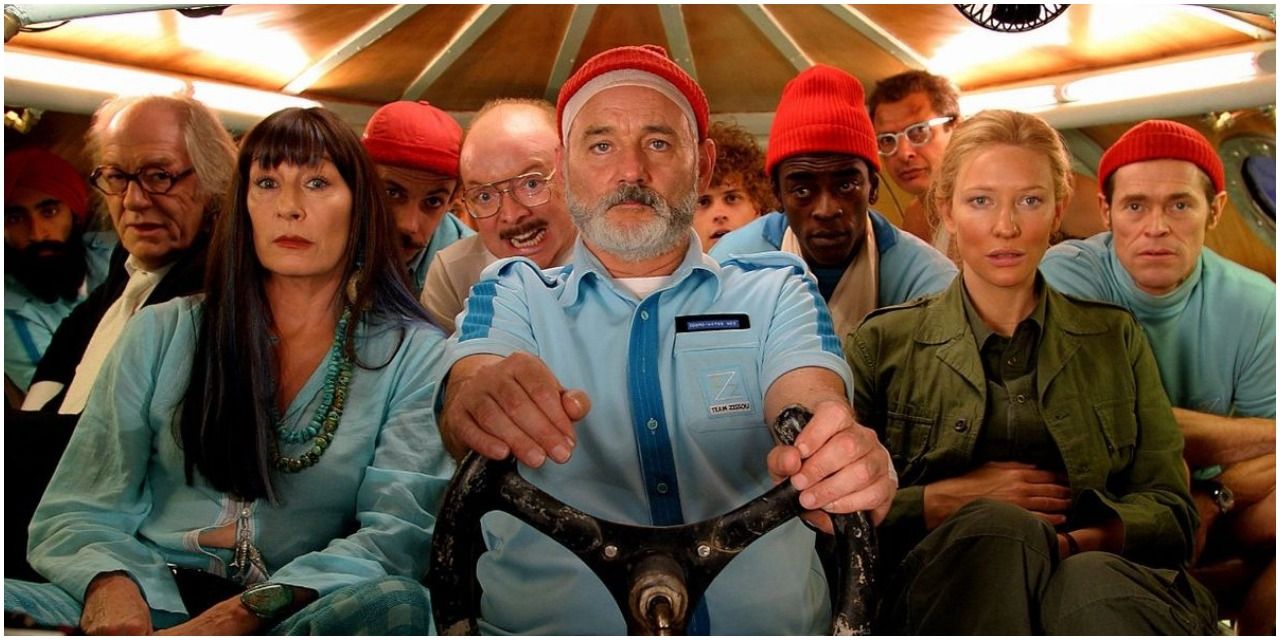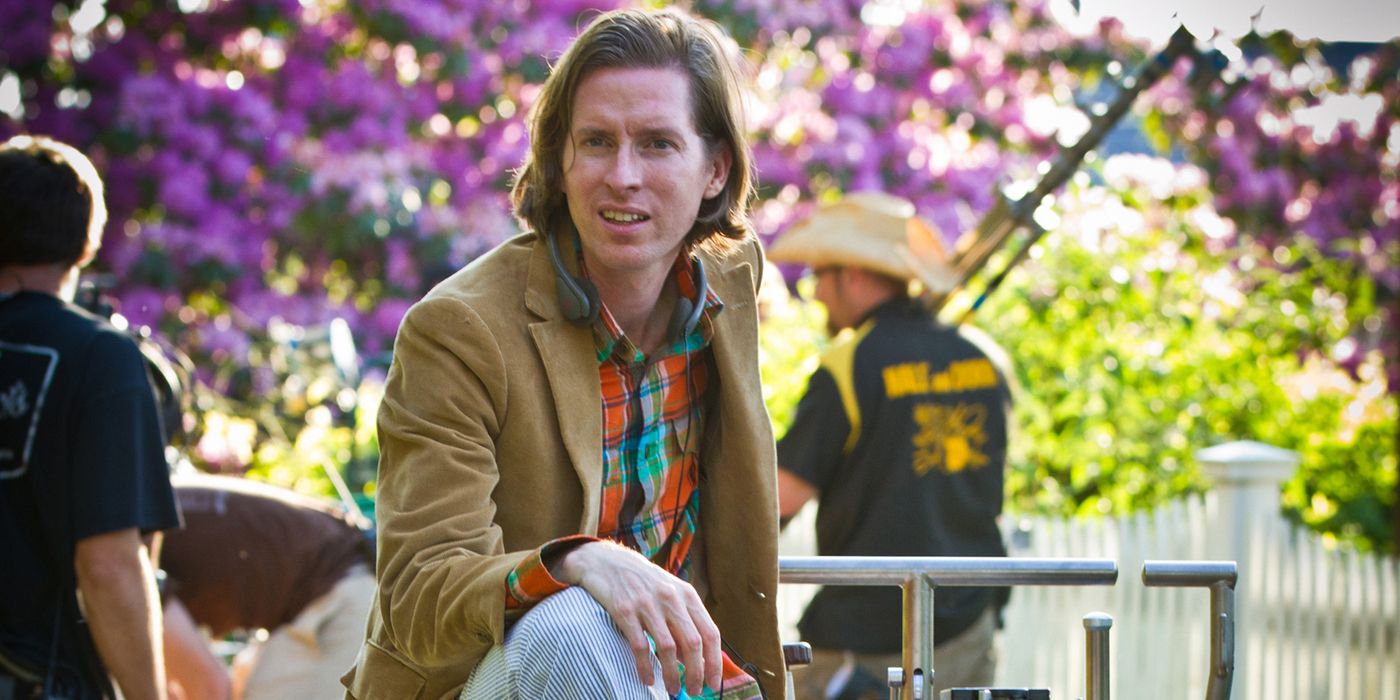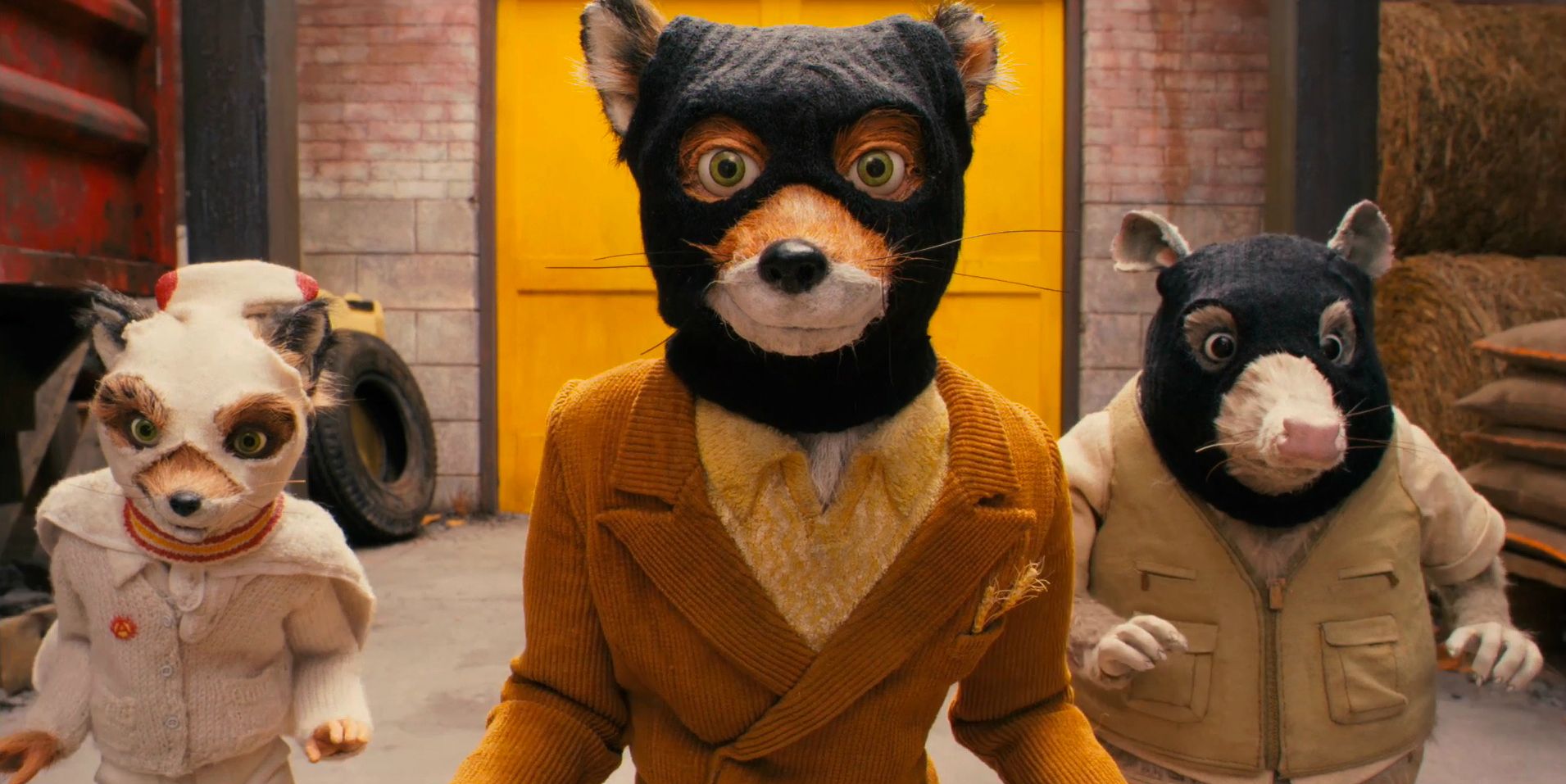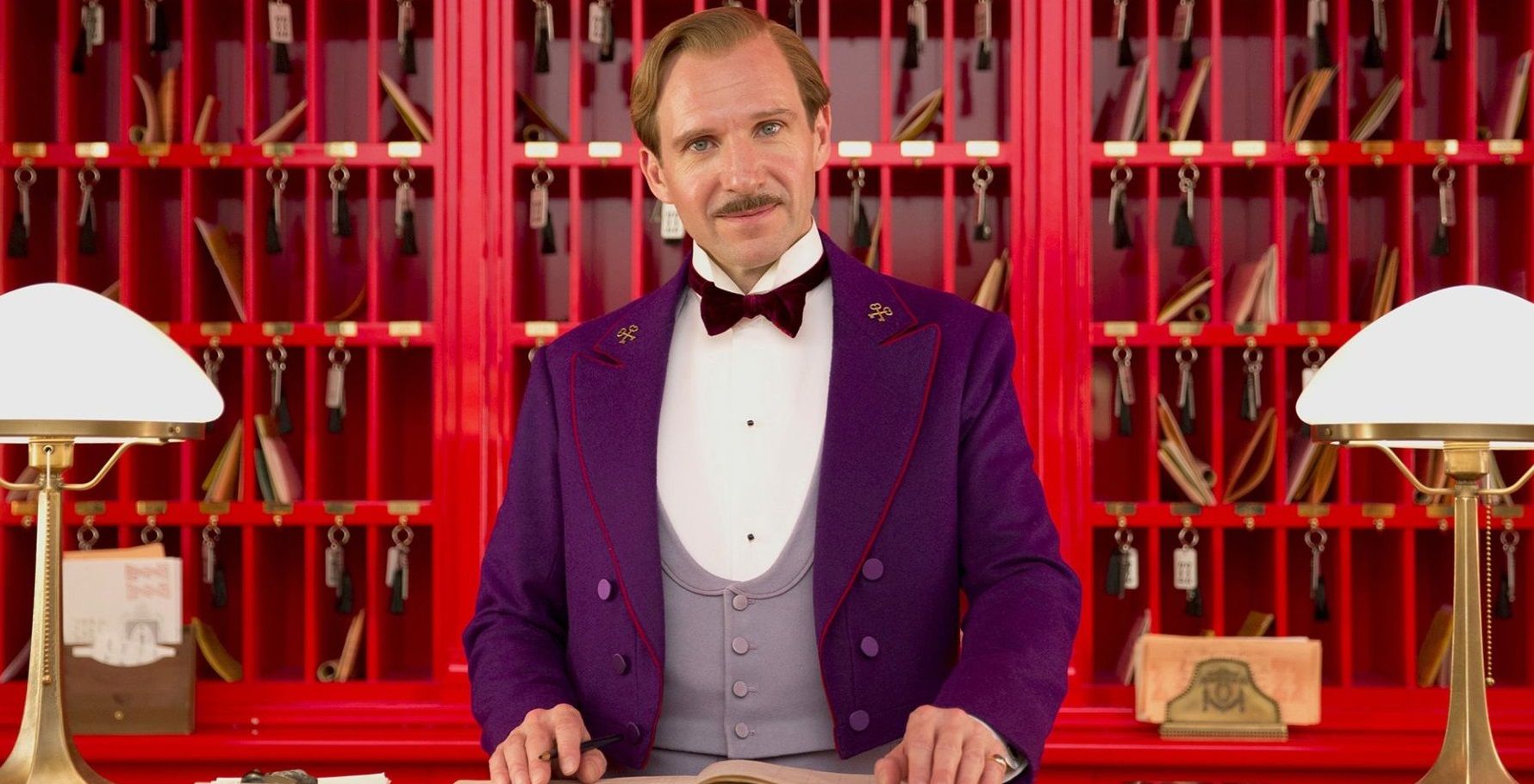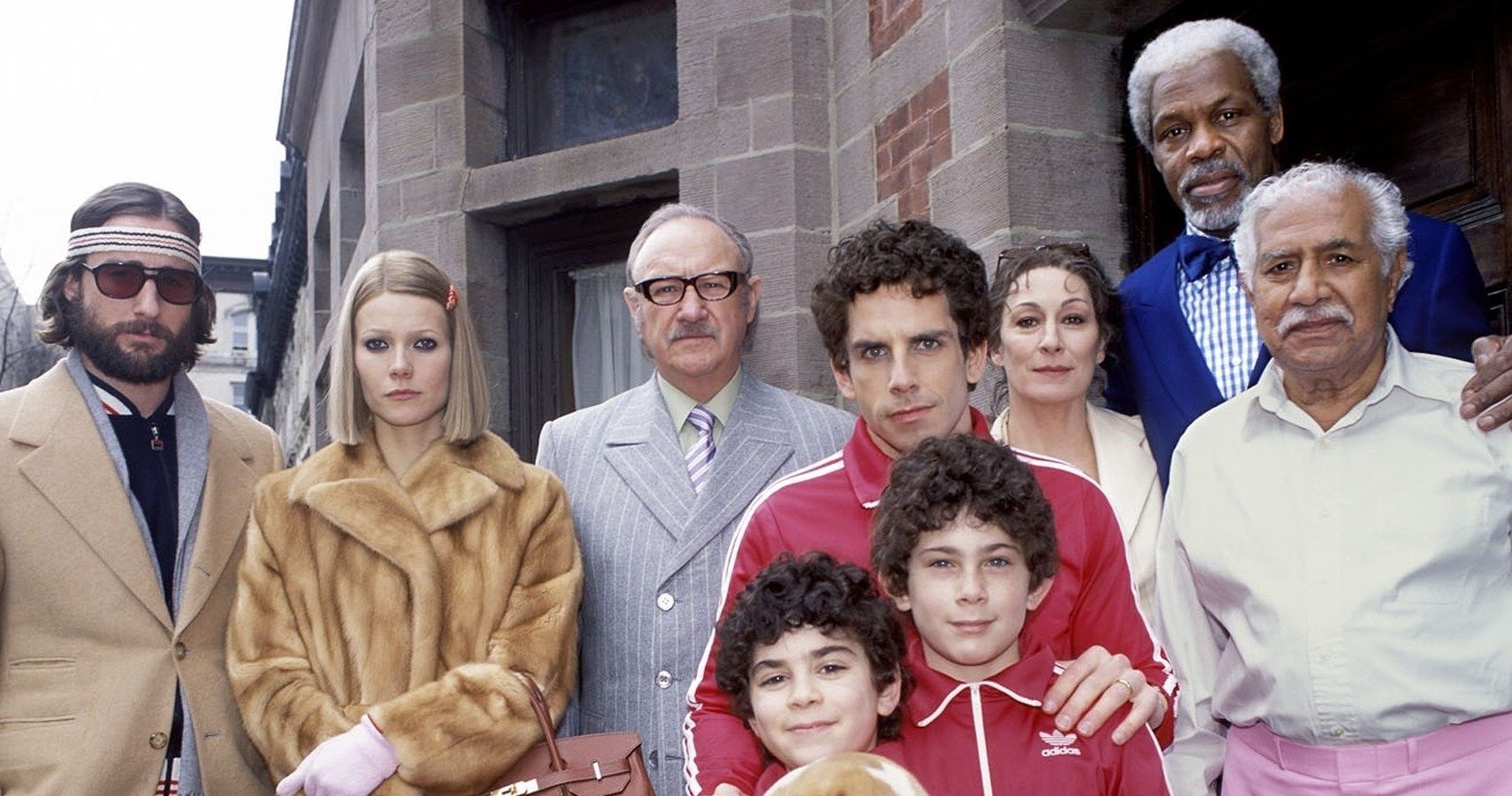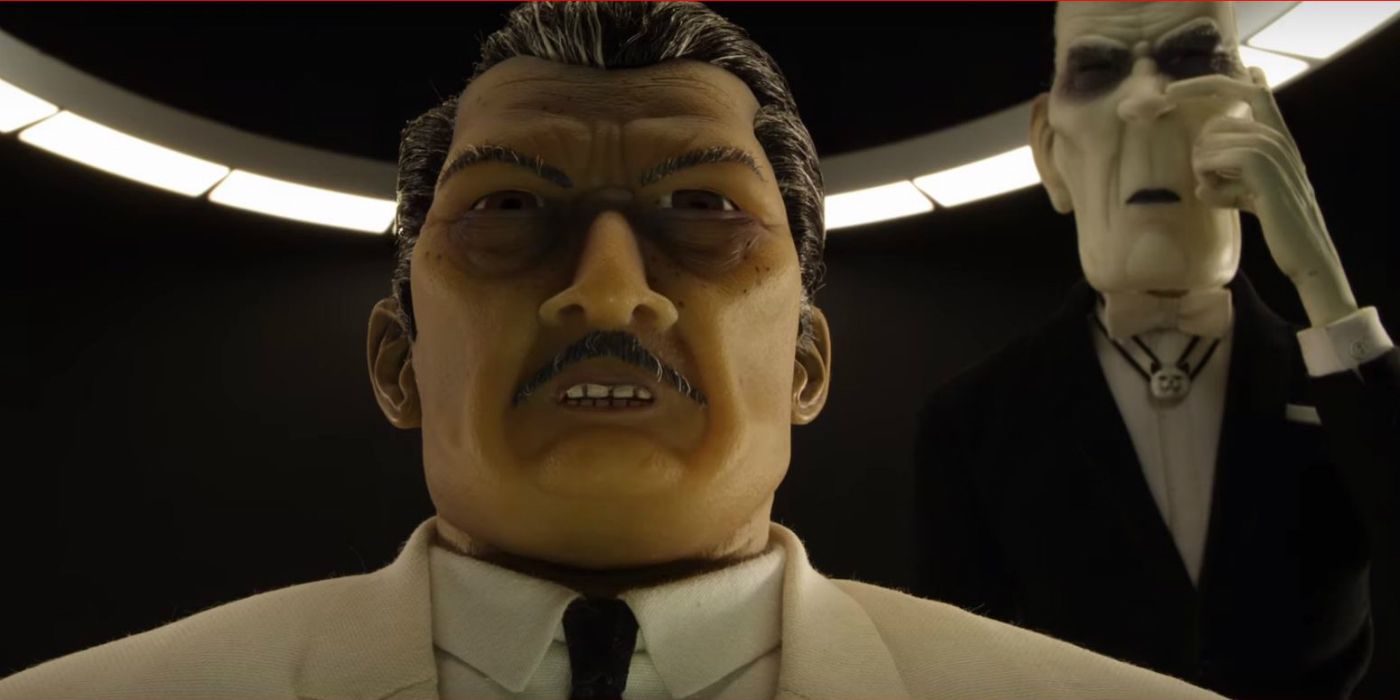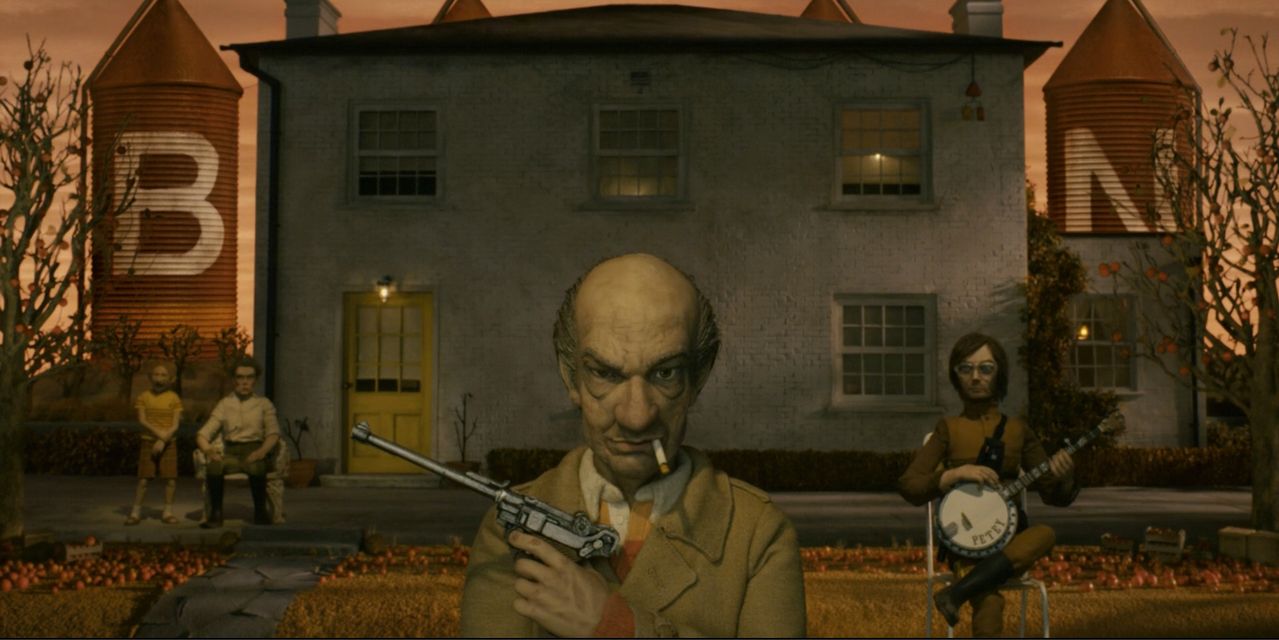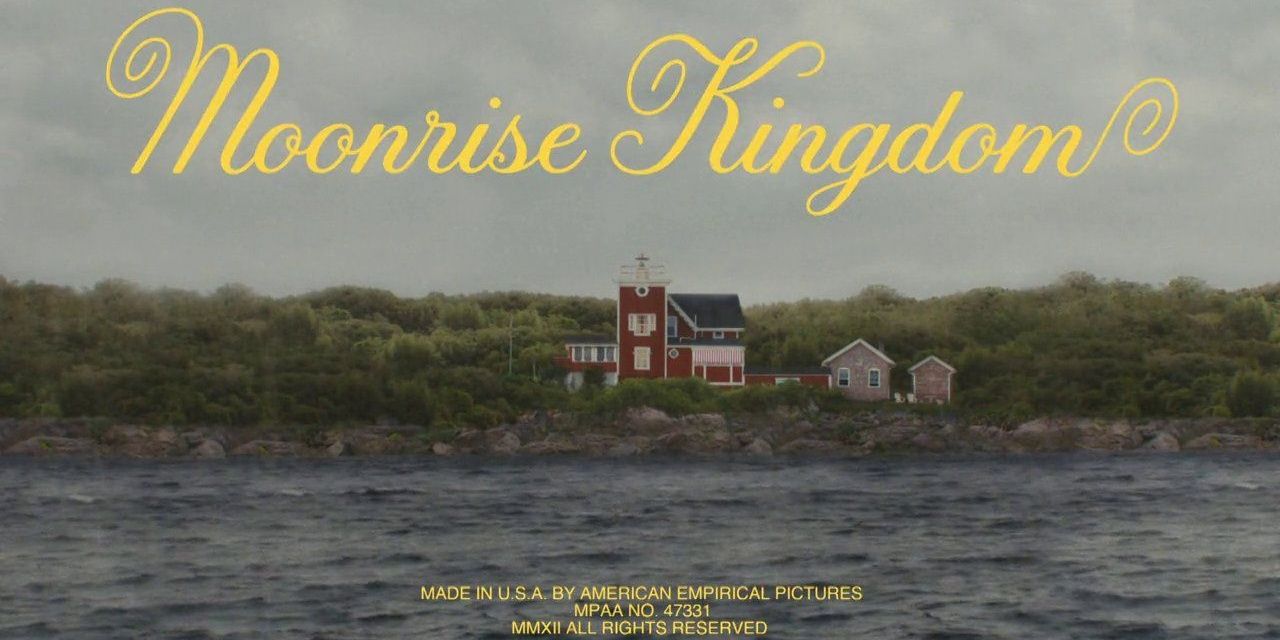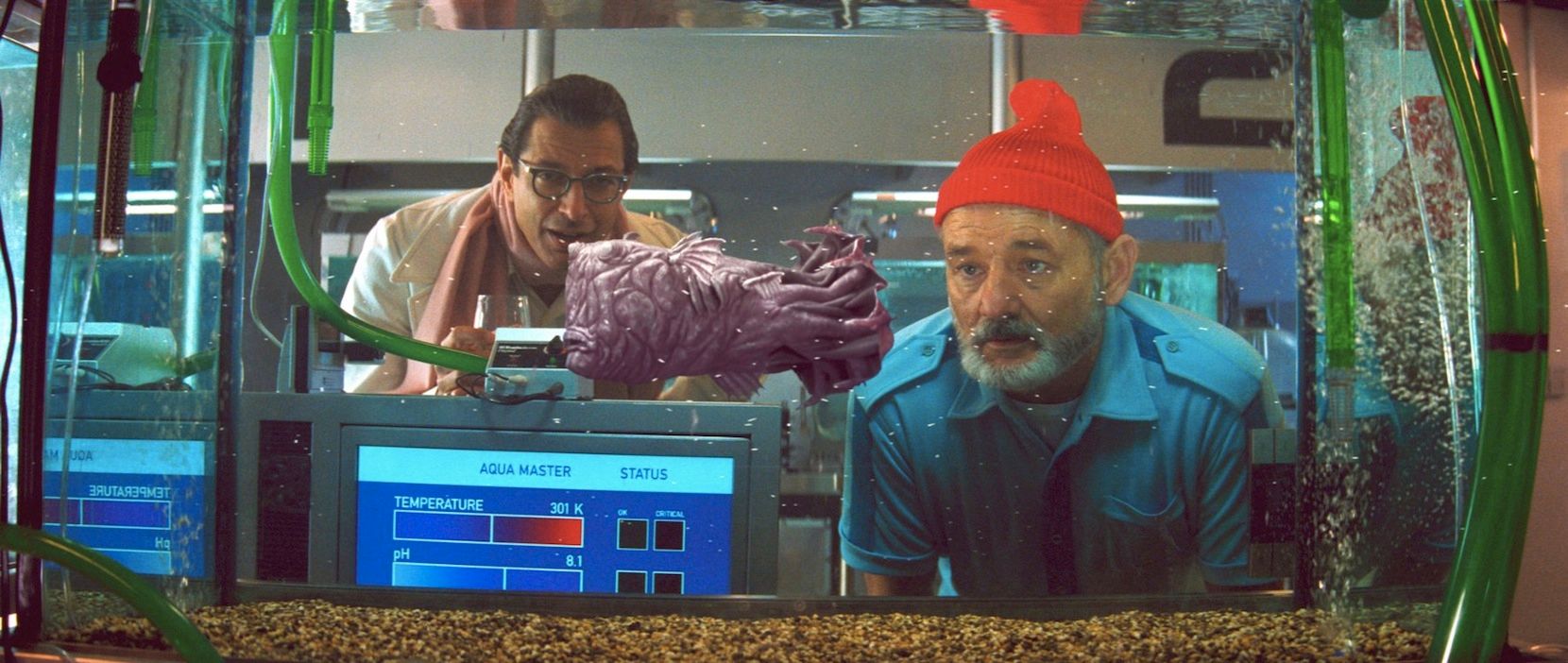There are few directors operating today with a visual style and approach to filmmaking quite as immediately recognizable as that of Wes Anderson. From Bottle Rocket to Isle of Dogs fans of Anderson could likely recognize his visual flare from a single shot projected on a dirty brick wall a mile away.
One of the strongest candidates going for the title of the modern auteur, Anderson's films often repeat themes, casting, camera techniques, and even character archetypes, so, the recognition for his style is far more than skin deep. If you hadn't noticed the filmmaker's repeated habits up till now, or you're a long time fan that needs some validation for the things you keep noticing, here are 10 of his strongest habits that pop up time and again.
Symmetrical Framing
Ok, let's get the big, obvious one out of the way. Wes Anderson has a crippling phobia of dutch angles. Always approaching the framing of his shots with a compulsory 90-degree angle to the action taking place, Anderson frames every single one of his shots in such a way that you could measure them with a spirit level.
Often he's using this technique to drive the viewer's eye directly to the main items of any given image, forcing them to look at exactly what he wants them to. It's the visualization of his meticulous filmmaking process, a trait that even bleeds into the majority of his characters.
Those Cast Lists
If the straight-edged shots and constant deadpan whimsy didn't give away that you're watching a Wes Anderson film, then the fact that it stars any number of actors to the point of obsession (Bill Murray, Owen Wilson, Jason Schwartzman, Tilda Swinton, Edward Norton, George Clooney ect. ect.), definitely will.
Maybe its because everyone in Hollywood wants to be in a Wes Anderson flick, maybe it's because he has so many minor but well-developed roles in every script, we don't know. What we do know is that whoever types out the credits on these films deserves a raise.
Brit Pop
Many may be familiar with Quinten Tarantino's habit of splicing his own records scars and all into his soundtracks, Anderson does something similar which provides for some seriously underappreciated scores. Often including 1960s Britpop classics to add to the nostalgic, retro, and carefree tone of his films.
However, this habit might just be going away as The Grand Budapest Hotel is seemingly void of some Britpop bangers. It could be argued that the inclusion of I Won't Hurt You in Isle of Dogs fills this hole, but we'll just have to wait and listen for The French Dispatch's musical offerings.
Elaborate Capers
This very well could have something to do with Anderson imprinting a part of his own personality onto that of his characters, but has anyone else ever noticed that most of his films revolve around some sort of caper, often including a "So, this is the plan" scene?
Fantastic Mr. Fox, The Grand Budapest Hotel, and especially Bottle Rocket (in which "The Plan" entails the rest of the character's lives) all included a caper, be it a heist or an escape of some description, just to name a few. We're not complaining, they are visually enthralling and brilliantly well-written sequences, we're just pointing it out.
Deadpan Delivery
We've already gone over the apparently endless list of acting talents that Wes Anderson attracts to his cinematic endeavors, what also becomes quickly apparent is his skill at directing said talent. He has a very clear vision when it comes to mixing his comedy and drama, and that's to keep the delivery as dry as possible.
It's likely the best way to describe Anderson's style to the unfamiliar. Fanciful, whimsical worlds and plots that verge on the absurd, with silly often equally absurd characters and dialogue, all delivered with an unwavering seriousness.
Ambiguous Time Periods
Aside from the vague handwavey eras of the 30s, 60s, 70s and the near future, when are any of these films actually set? The Grand Budapest Hotel is clearly somewhere within the 30s, but some bizarre Anderson timeline in which modern amenities exist. Fantastic Mr. Fox could be the 60s or 70s, emphasis on "could be." And Isle of Dogs is a non-specific near future.
Everything else is anyone's guess though, with set dressing and prop use being somewhere between era establishing and stylistic choice. Films like Bottle Rocket, The Royal Tenenbaums, and The Life Aquatic seem stuck perpetually between the 70s and the modern era, Anderson's own pocket reality.
Grey Morality
While some Wes Anderson flicks may include antagonists that definitely fall into the category of (literal) mustache-twirling villains, the vast majority of his protagonist/antagonist relationships aren't set in terms of moral black and white. Rather he presents deeply flawed main characters and villains that often draw a lot of sympathies.
Take his most recent big-bad, Mayor Kobayashi, who gives his kidneys to save his nephew's life, he may not be a saint, but he isn't an outright villain. It all has to do with his constantly recurring theme of human nature and the fact that to be human is to be flawed, a constantly sliding scale of idealism against cynicism, that keeps even his most similar directorial outings feeling fresh.
Smoking Habits
Does Wes Anderson still think smoking is cool? Either that or combined with his beret obsession he must have a thing for French stereotypes. Regardless, all of his films include at least one central character that smokes or develops the habit over the course of the film.
Bob from Bottle Rocket, both Royal and Margot in The Royal Tenenbaums, and all three main characters in Rushmore, there reaches a point when you have to wonder if he intentionally includes the character trait. Which he must, considering he had a team of stop motion animators include it in Fantastic Mr. Fox. Don't worry, the animals don't smoke, it's just Bean.
Title Cards
Likely Anderson hearkening back to a simpler time in cinematic history, you'd be hard stressed to find an entry in his filmography that doesn't include a nostalgic yellow opening title card or a chapter like structure that breaks up the plot. Seriously, the guy is really into his yellow whimsical font.
The whole practice really comes to a head and is best exemplified by, The Grand Budapest Hotel. Split up into chapters, some of which are structured like that of a book, it keeps the film flowing and gives the audience a moment to reflect between the films a wide variety of scenarios. Not a technique that works for every film, but one that Anderson uses to full effect.
That Wide Lens
You'll have noticed that the vast majority of this list is comprised of the most prolific filmmaking techniques that Anderson has utilized over the course of his career. Well, none of those are quite as synonymous with his craft as his use of the wide lens. It provides a clear, even image and ensures as much can be crammed into the frame as Anderson desires.
This results in most of his establishing shots of landscapes and locations looking more like paintings in motion. Something that, in the past, critics have described as making his characters look like toys marching around dollhouses. You could take this as a positive or a negative, but either way, it's arguably the single Wes Anderson trope responsible for the uniqueness of his visual style.

